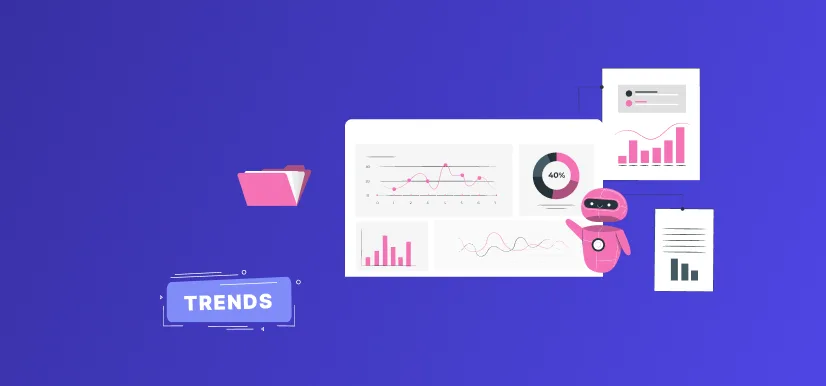Customer Data Platform (CDP)
What Is Customer Data Platform?
A customer data platform (CDP) is a centralized system that enables businesses to unify customer data from multiple sources, including online and offline channels. This data can then be used to create a 360-degree view of the customer, which can help inform marketing strategies and improve customer engagement.
Historically, businesses have used separate systems to track customer data from various channels. This siloed approach made it difficult to get a comprehensive view of the customer journey or to identify cross-selling opportunities. A CDP solves this problem by consolidating all customer data into one central repository.
This unified view of the customer can then be used to personalize the customer experience, create targeted marketing campaigns, and improve overall engagement. In addition, a CDP can provide insights into customer behavior that can help inform product development and other business decisions.
A CDP can be used by businesses of all sizes but is particularly beneficial for large organizations with complex customer data sets. By consolidating customer data into a single platform, businesses can save time and resources that would otherwise be spent on managing multiple systems.
What Are the Benefits of Customer Data Platform?
A CDP can provide immense benefits for organizations, including:
Improved customer insights: A CDP can help organizations gain a more complete view of their customers by unifying disparate data sources into a single platform. This gives organizations the ability to better understand their customers' needs and behaviors.
More effective marketing campaigns: Organizations can create more targeted and effective marketing campaigns with improved customer insights. Additionally, the ability to segment customers based on shared characteristics can further improve the effectiveness of marketing efforts.
Increased customer loyalty and retention: By providing a better customer experience, organizations can increase customer loyalty and retention. Additionally, accurately targeting customers with relevant messages can further improve the customer experience.
Improved operational efficiency: A CDP can help organizations save time and money by automating data cleansing and segmentation processes. Additionally, the platform can help organizations make better use of their marketing budget by optimizing campaigns for maximum impact.
Ultimately, a customer data platform provides a powerful tool for businesses to improve their customer relationships. By giving organizations a complete view of their customers, CDPs can help businesses deliver the personalized experiences that customers demand.
What Is the Difference Between Customer Data Platform (CDP) and Customer Relationship Management (CRM)?
The customer data platform (CDP) and customer relationship management (CRM) software are both tools that businesses use to manage their customer data. However, there are some key differences between the two types of software.
For one, CDPs are designed to provide a complete view of the customer, while CRMs focus on managing specific interactions with customers. CDPs also tend to be more flexible than CRMs when it comes to integrating with other software applications. And finally, CDPs typically offer more robust reporting and analytics capabilities than CRMs.
So, while both CDPs and CRMs can be useful for managing customer data, businesses should choose the type of software that best meets their needs. If a business is looking for a tool that provides a complete view of the customer and offers flexible integration with other software applications, then a CDP may be the best option. On the other hand, a CRM may be the better choice if a business is primarily interested in managing specific customer interactions.
Frequently Asked Questions About Customer Data Platforms
How Does a Customer Data Platform (CDP) Work?
A CDP works by consolidating customer data from various sources such as CRM, social media, websites, and mobile apps. The data is then stored in a unified database, creating a single customer view. CDPs use advanced analytics to predict customer behavior and offer targeted recommendations based on customer data.
What Are the Top Features of a Customer Data Platform?
A good CDP should offer data unification across channels, advanced customer analytics, real-time data integration, and sophisticated segmentation. It should also support data privacy regulations and facilitate data accessibility and sharing between departments.
What Are the Potential Challenges of Using a CDP?
One common challenge is data quality management, including data accuracy, completeness, and consistency. The need for continuous updates to the CDP data model to reflect changing business objectives is another potential challenge. Also, integrating multiple data sources can be complex and time-intensive.
What Are Some Industries That Can Benefit from Using a CDP?
CDPs can benefit various industries, including e-commerce, banking, healthcare, telco, and retail. Any business that seeks to provide tailored customer experiences, analyze customer data to optimize operations, and achieve business growth can benefit from using a CDP.
Get a weekly roundup of Ninetailed updates, curated posts, and helpful insights about the digital experience, MACH, composable, and more right into your inbox

